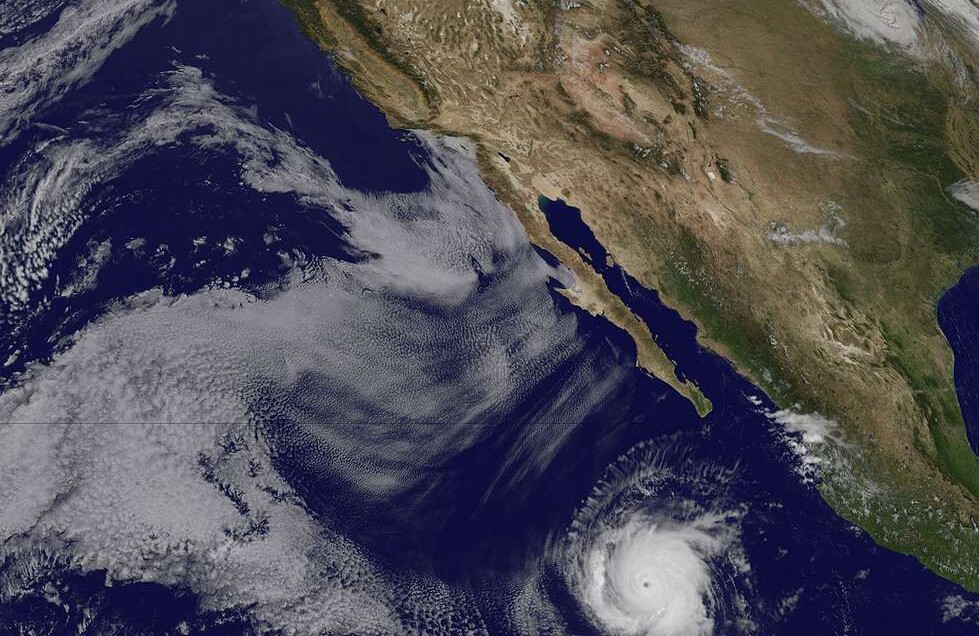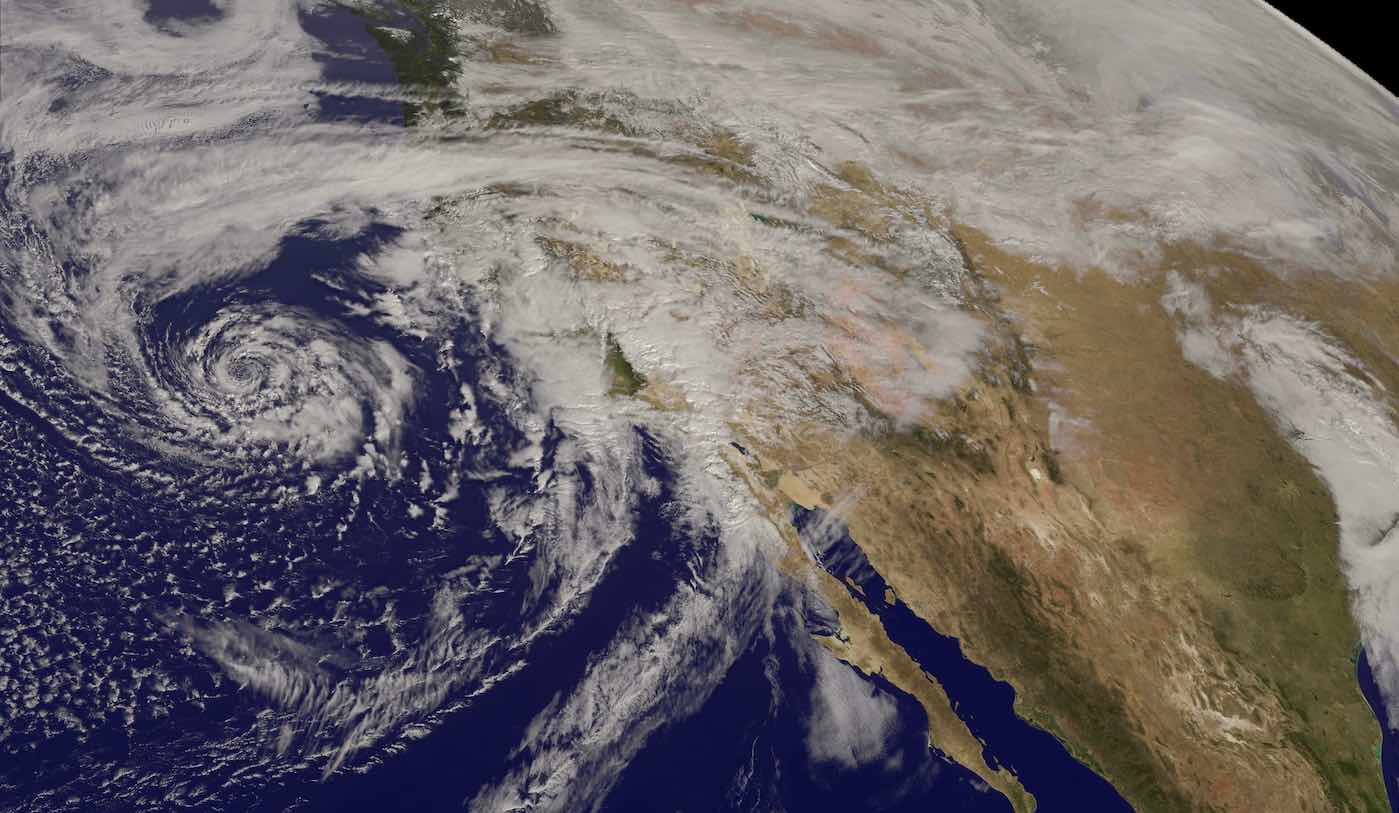
By late January of this year, a remarkable thing had occurred in the normally thirsty state of California. Aside from splotches of land on the northern and southern borders, the state’s three-year drought had been entirely cured.
Now, as a globally hot summer winds to a close, the US Drought Monitor map for California reads exactly the same as when the spring ‘superbloom’ cloaked the hillsides in flowers.
Winter and spring rains and snowfall had set records in the mountains, and aside from the tragic flooding that cost some residents their lives and thousands in property damage, the understanding was that the days of water rationing were, for the time being, over.
It’s the first time since April of 2020 that no part of the state was considered stuck in “exceptional drought.”
In January and February, officials were quick to dismiss ideas that the precipitation could be a “drought buster” because it would have taken a legendary soaking to replenish underground aquifers and lakes. It kept on raining and snowing.
Then in April, officials cautioned that with conditions of climate change making weather patterns allegedly harder to predict, chances for extremely dry and hot summer months lay ahead.
OTHER GOOD WEATHER NEWS: Deaths by Extreme Weather and Aviation Accidents Have Never Been Lower than Now
However it seems Mother Nature pulled through for the state, leaving California one of the regions worldwide that didn’t see record-high temperatures during the summer. To wit, Tropical Storm Hilary provided even more rainfall, leading city planners and utilities to consider preparing more rainwater catch infrastructure for future wet times.
Los Angeles was able to capture 10,000 acre-feet of water from Hilary’s rainfall, or around 3.2 billion gallons; enough to provide a year’s worth of water to 40,000 households.
GOOD EARTH: In Frigid Maine So Many Heat Pumps Were Sold the State Passed its Clean-Energy Target Two Years Early
Additionally, with September typically representing the peak of southern California’s fire season, the recently added moisture could help delay or prevent what has become an all-too-familiar seasonal disaster.
“It should help some in terms of adding some soil moisture and helping the plants to not be so dried out,” David Simeral, a climatologist at the Desert Research Institute who mapped the latest U.S. Drought Monitor update, told the LA Times. “Hopefully this extra precipitation will push that back even further.”
SHARE This Good CA Climate News With Your Friends…




















